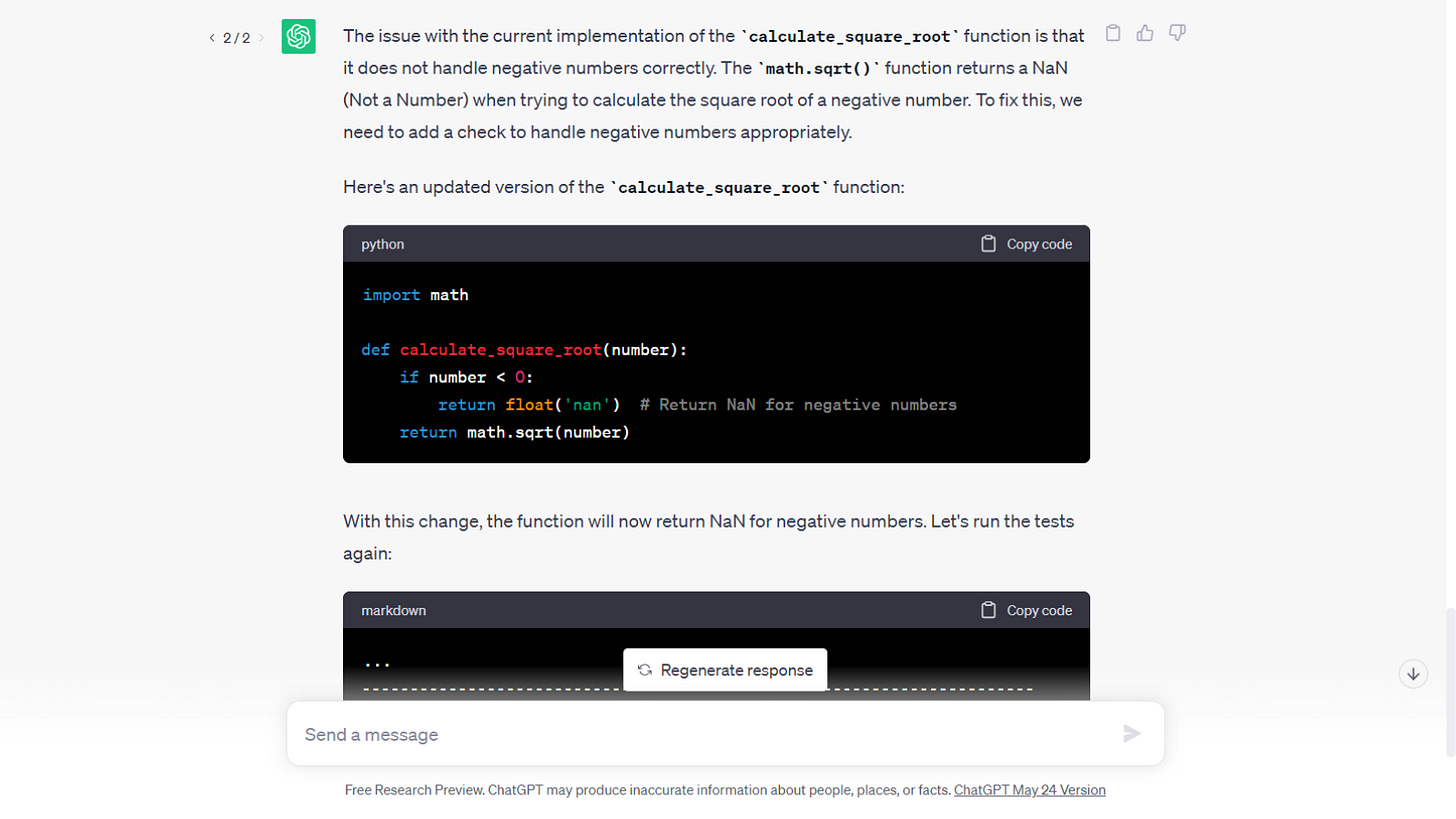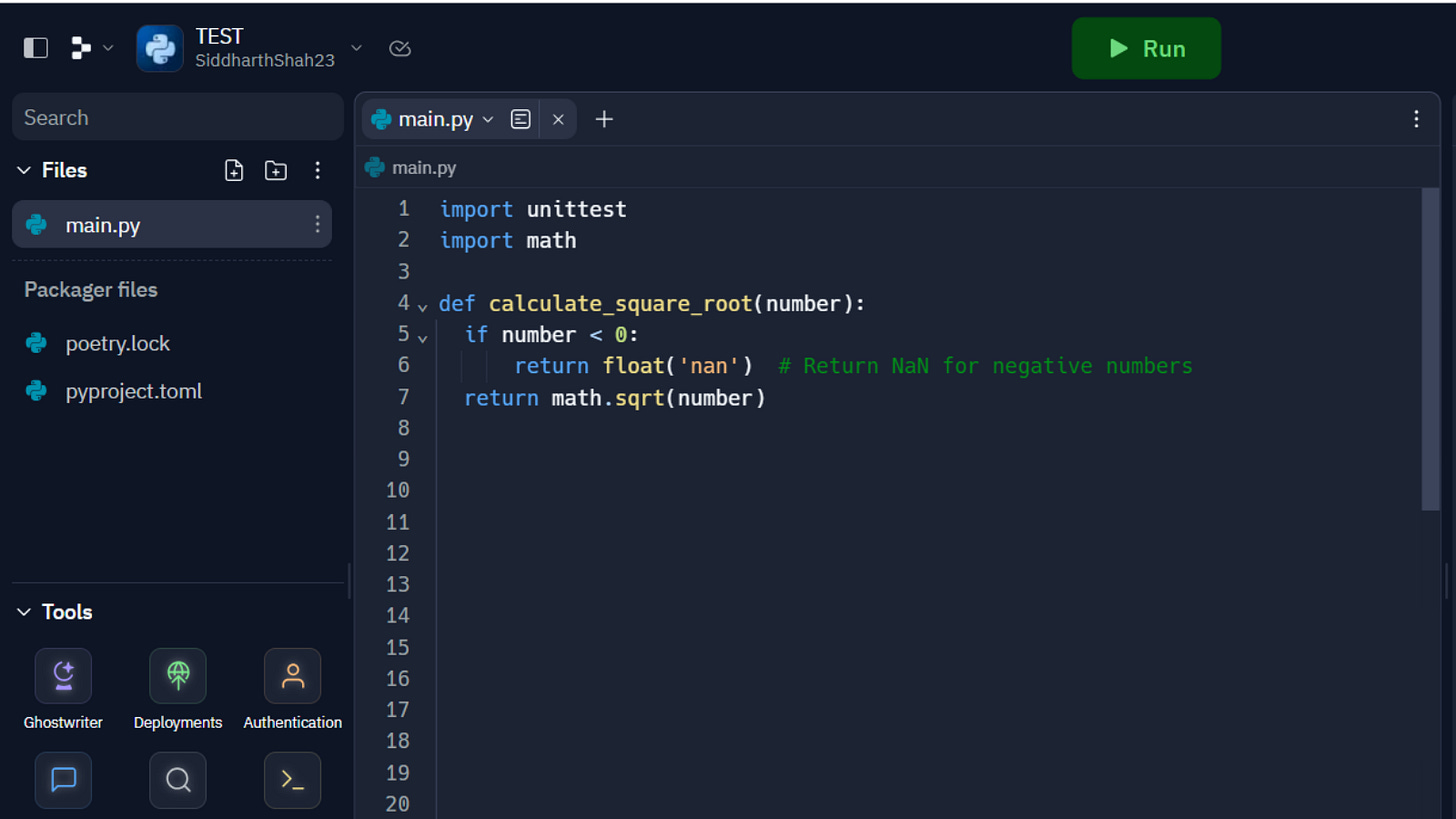In order to understand code integrity platforms, I needed to understand what code integrity means. For context, I’m looking at a tool which is redefining the way we code, forever. Being a finance guy, this job was practically impossible for me - until Avyukt kindly explained it to me, in under 45 mins!
We first met Avyukt in 2022 when spoke about his startup Heltar while being a final year undergrad student. Founded by IIT Kharagpur roommates while still in college, it helps businesses enhance the capabilities of WhatsApp for businesses.
It offers a range of services such as data-driven bulk messaging, chatbot integration, custom app integration, and much more. Its goal is to help companies transform their customer experience and take their business to new heights with the power of WhatsApp.
Please email me if you’d like an intro to Avyukt!
Let’s begin by understanding the basics of software development.
Any software development has three basic components:
Database
Code
Front end
To understand this, I’ll take you to Microsoft Excel because almost everyone understands it.
We start by writing down a bunch of numbers and their square roots. This is our database.
Next, we try to understand how we arrived at the square root. We look at the formula we wrote in order to return the square roots. This forms our code.
But this is a bit complex to show people, so we’ll turn this database and code into a beautiful graph. This graph is our front end.
Once we’ve understood what database, code, and front end means, we move towards actual code. To code, I am using Replit and coding in Python. (this is a first for me). So I asked ChatGPT to give me what code to write.
And I enter the code from the first box into Replit. I asked the function to return (i.e. print) the square root of 121. Nifty, showed me the result in the right box.
Look Ma! I am a coder!
After that, I did something which my fat fingers keep doing often, mis-type. I wrote -121 instead of 121. Unfortunately, math did not math and I did not get the square root of -121. It showed an error in red.
So I went to ChatGPT and asked it to provide a test for my code. I needed to check if an error like this can crash my code. And if I do make an error, how to ensure it does not affect my code.
I entered the new code into my Replit as below:
And tested my code!
I’ll simply explain what testing happened did:
It first entered a positive number, positive numbers have square roots and the rest result was arrived at
It then entered a negative number, and since there are no square roots of a negative number, the result was NaN (not a number)
Lastly, it entered zero, and the square root of zero was zero!
This test was completed in a very very short time. The result of this? The next time my fat fingers type a negative number, instead of showing an error and my code crashing, it will show the above 3 types of returns. So anyone who writes a new code on top of mine will not face any issues.
Also, I discovered the code crashed by accident. Let's say that accident didn't happen. But because ChatGPT already suggested a set of tests, we could've caught the edge case of negative numbers. This is solved for my code integrity tools!
This is a very simplistic way of running tests on your code. But imagine large sets of data, multiple people creating it, and the time taken to keep switching windows from your preferred IDE to ChatGPT! It will also behove readers to know that there is a massive difference between GPT3.5 and GPT4. And there will be a massive difference between an untrained GPT4 and a trained model by code integrity platforms.
What code integrity tools do:
Real-time test creation as you code
Contextual code
Adopt your style
Seamless coding experience
Save time
What code integrity tools do not require:
Prompting
Switching windows
Next, I’ll look to understand the market size, defensibility in the wake of Generative AI, and potential customer acquisition channels for such platforms.
Until next time folks!










